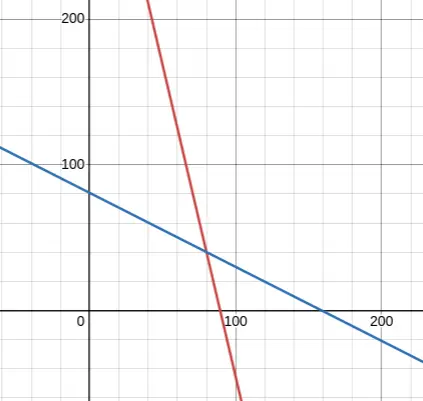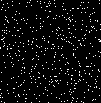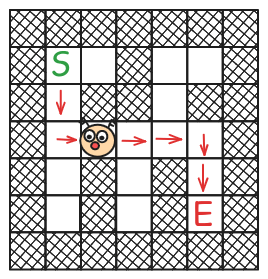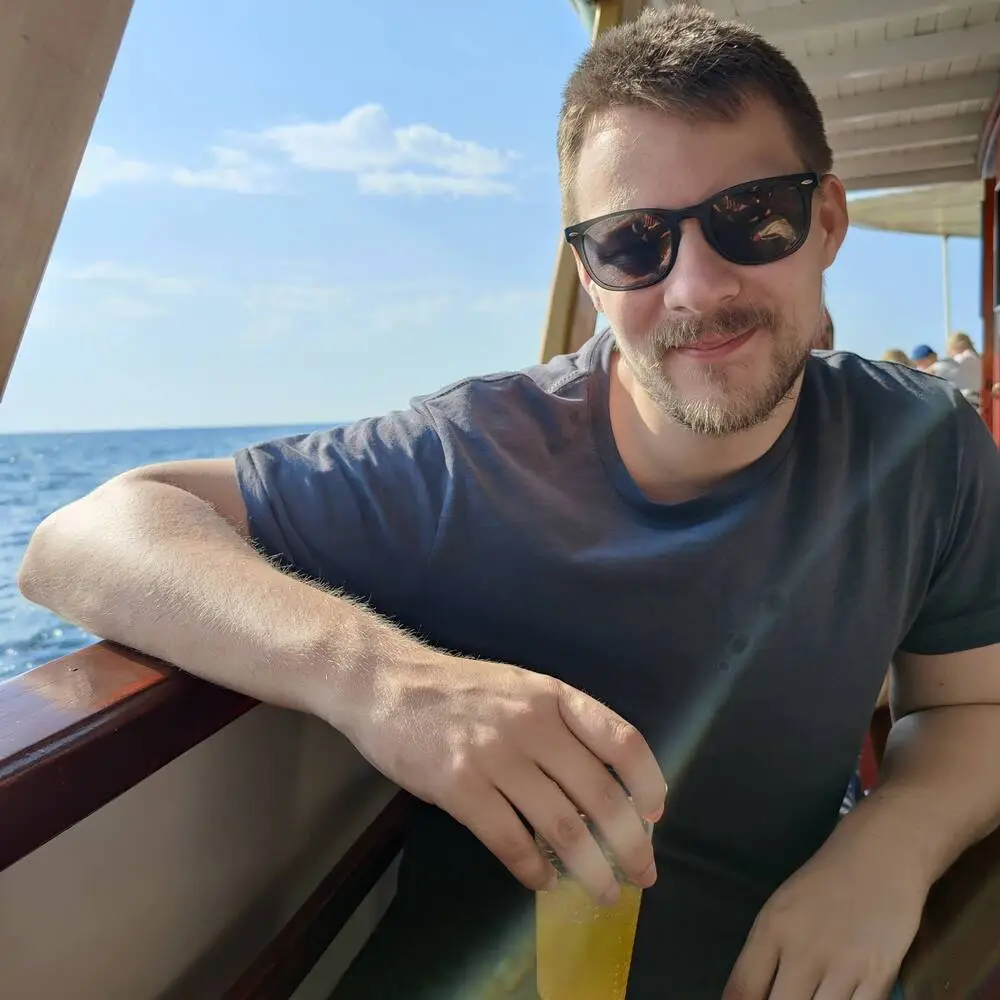Advent of Code 2024: Summary of Days 13 to 16
04 Feb 2025This page serves as the third and final part of a summary of my experience with
Advent of Code 2024.
As is normal with December, work and personal commitments got in the way of
completing Advent of Code 2024, so this post only covers days 13 to 16, and has
been written quite some time into 2025.
For the first 6 days see my first summary, for days 7 to 12 see my second post.
As mentioned in both my previous posts, I’ve tried to avoid including full puzzle inputs and text in this post as per the Advent of Code FAQ and I’ll be referring to each part as Part A and Part B.
Day 13
The Day 13 challenges revolve around arcade claw machines. The input for the questions is 3 lines, the first 2 being what happens when buttons are pressed and the third being the location of the prize.
The first part has a limit of 100 button presses for each button. This simplifies any kind of brute force approach, which is how I solved Part A. However, before even solving this problem, I noted that this could probably be solved with algebra as it looked like this problem involved finding the intersection of two lines.
In fact if you plug these values into a graphing calculator like Desmos, you can find the intersection if you treat the Xs and Ys each as lines.
For this input:
Button A: X+94, Y+34
Button B: X+22, Y+67
Prize: X=8400, Y=5400
Below, the first line describes X and the second describes Y:
Line 1: 94x + 22y = 8400
Line 2: 34x + 67y = 5400
These produce these lines:

For Part B you need to have been solving this with algebra to get a quick solution, unless you highly optimise your brute force approach (which I tried to no avail). I won’t go over the details, but Josiah Winslow has a good explanation of it and the simple way of solving this algebra in his Day 13 post.
Day 14
The Day 14 was a fun puzzle. Part A involves simply simulating a bunch of robots as they move around a space for 100 seconds. My input results in the following (white pixels are robots):

Part B stumped me. It pointed out that there was a Christmas Tree that would appear at some point while the robots were moving.
Initially, I outputted many frames looking for a Christmas Tree by eye to no avail.
Next, I wrote a heuristic to check each robot in each frame to see if they were surrounded by neighbours, assuming that this would happen for a Christmas Tree image. My code worked but was too slow for my liking, so while I let it run far past the first 100 seconds, I begrudgingly opted to look online for some hints, careful to not look at any full solutions.
I found that, according to some, the frames that contain the Christmas Tree contain no overlaps. So I stopped my running search and wrote a short function to find those frames, and, as luck would have it, the first frame with 0 overlaps contained my Christmas Tree:

Now, I am not certain this will hold true for all inputs, so doing a different kind of search like my original idea might be a better way to find this tree.
Day 15
Day 15 was Sundays challenge. Unfortunately, given it is Christmas time, I didn’t get a chance to look at the challenge until Monday the 16th, and I was only able to solve Part A.
Both parts involve simulating a robot pushing boxes around a warehouse, and was reminded me of Sokoban (well, Chip’s Challenge at least). The input consisted of a map of the warehouse and then the moves the robot makes.
These were fun puzzles to solve. Part A was very simple, as it asks you to run simulate the movements then sum up the “GPS” positions of each box.
My input data was 500x500 tiles large. The overall movement looked like the following video.
Black tiles are the walls, red tiles are the boxes and the blue tile is the robot. The input had a lot of movements, you can see by the over 5 minutes run time.
Part B was similar, except this time the map and boxes have expanded to be twice as wide. Unfortunately, this is where life and work priorities took over so I never finished my solution to Part B.
Day 16
I did however manage to finish Part A to day 16 before Christmas, although I did not take detailed notes while completing it so this section is going to be a bit sparser than others.

Day 16 consisted of a maze and was essentially a pathfinding problem. I wrote quite a bit of code for this one including a flood fill algorithm and implementation of Dijkstra’s algorithm based on the excellent article from Redblob Games.
Part A asks you to find score for the shortest path possible between the starting point and ending point. This just translates to finding the shortest path between the two, scoring it based on the rules about turning.
Part B was a little more involved as it involves finding all the locations in all of the best paths, this means you need to not just get the best path score but all the paths with an equal score. Which means first finding the best paths score, then finding all paths that share that same score.
I ran out of time to get my solution to Part B fully working on my input, but I did have a naive solution that worked on the smaller examples given.
Conclusion
Apologies for the delay in getting this post out, life is always a rush around Christmas and New Year. Overall I really enjoyed the parts of Advent of Code I managed to complete, and will definitely participate again.
With my only managing the first parts of the last 2 questions, I think I might take a different approach in future and limit my posts to only dealing with the first parts of the puzzles as the month progresses.


Comments